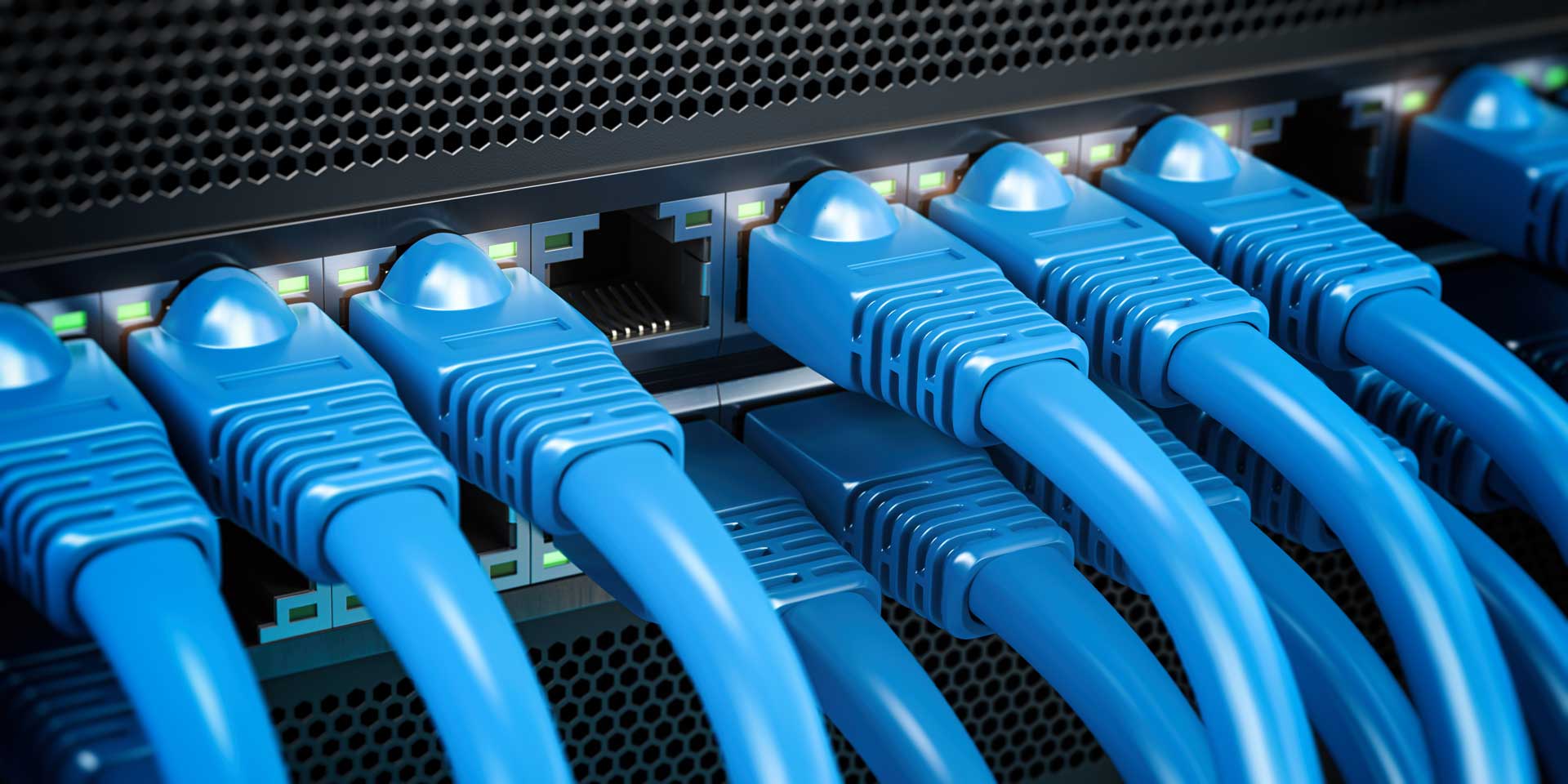Are you setting up a small business computer network? If so, you’re in for a world of trouble if you don’t know what you’re doing. A poorly set-up network can lead to all sorts of problems, from data theft to system crashes. In this guide, we will walk you through the process of setting up your small business computer network step by step. We’ll start with the basics and work our way up to more advanced concepts like firewalls and Wi-Fi networks. By the time you finish reading this guide, you’ll be able to understand the basics of small business computer networking!
Study Your Office Floor Plan
The first step in setting up your small business computer network is to study your office or business floor plan. This will give you a good idea of where your computers should be placed and how they should be interconnected. pay special attention to any areas that might be susceptible to outside interference, such as windows or doors. Once you have a good understanding of your office layout, you can begin planning your network.
Count the Number of Your devices
The first thing you need to do when setting up a small business computer network is figuring out how many devices you’ll need to connect. This includes computers, printers, scanners, and any other devices that will be part of your network. Once you know how many devices you need to connect, you can start planning the rest of your network.
Choose An Internet Service Provider
Your next step is to choose an Internet service provider (ISP). This is the company that will provide you with Internet access. There are a variety of ISPs to choose from, so it’s important to do your research and find one that meets your needs. Once you’ve chosen an ISP, you can move on to the next step. If you use Microsoft 365 or VoIP services a high-speed business-class Internet connection is a must.
The Network Equipment
Now that you’ve chosen an ISP, it’s time to start thinking about the equipment you’ll need for your small business network. This includes things like routers, firewalls switches, wireless access points, and cables. You’ll also need to decide how you’re going to connect your devices to your network. There are a variety of options available, so it’s important to do your research and find the best option for your needs.
A router is a device that connects your network to the Internet. It allows your devices to communicate with each other and gives them access to the Internet.
A firewall is a piece of software or hardware that helps protect your network from attacks.
Switches are devices that help you connect multiple devices to your network.
Wireless access points allow you to connect your devices to your network without using cables (Wirelessly).
Cables are used to connect your devices to each other and to the router.
Configuring Your Network
After you’ve gathered all of the necessary equipment, it’s time to start configuring your network. This includes setting up your router, firewalls, switches, and wireless access points. It’s important to take your time and make sure everything is set up correctly. If you’re not sure how to configure your equipment, Contact us, and will be more than happy to help you out!
Now that your network is up and running, it’s time to start using it! In the next section, we’ll show you how to test your network and make sure everything is working properly.
Testing Your Network
Once you’ve configured your network, it’s time to test it out. This includes making sure all of your devices can connect to the network and that the connection is stable. If you’re having problems, make sure to check your equipment and make sure everything is set up correctly.
We will start testing the internet speed with speedtest.net or the speed test tools by your internet provider.
The next test is to see if all of your devices can connect to the network.
You can do this by trying to access a website from each device.
The last test is to see if you can access shared files and printers on your network.
Troubleshooting
If you’re still having problems, don’t worry! We’re here to help. In this section, we’ll show you how to troubleshoot your network so you can get back up and running in no time.
The first thing you should do is check your equipment. Make sure everything is plugged in and turned on.
If that doesn’t work, try restarting your devices. Sometimes all it takes is a reboot to fix the problem.
If you’re still having trouble, contact your ISP or TechTrone for help. They’ll be able to help you troubleshoot your network and get it up and running in no time.
Conclusion
Setting up a small business computer network can be incredibly difficult, especially if you don’t know what you’re doing.
Without the help of a professional, you could end up making costly mistakes that could damage your business.
We are experts in setting up small business computer networks. We’ll make sure everything is set up correctly and securely so you can focus on running your business.



